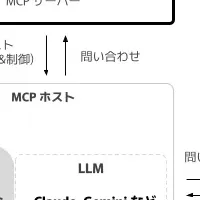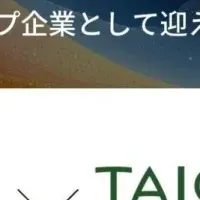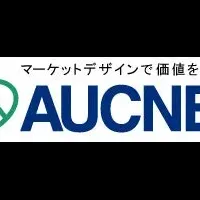
SKF Reports Q2 2025 Financial Results with Margin Resilience Amid Market Challenges
SKF Reports Q2 2025 Financial Results
On July 18, 2025, SKF revealed its Q2 financial results, indicating a net sales figure of 23,166 MSEK, which is a decrease from the previous year's 25,606 MSEK. The company's organic growth saw a slight decline of 0.2%, recovering from a more substantial drop of 6.6% in the prior year. This decline has been largely attributed to lower market demand in the automotive sector, even as the industrial segment experienced organic sales growth.
Financial Highlights
During the second quarter, SKF reported adjusted operating profits of 3,090 MSEK, down from 3,324 MSEK in Q2 of 2024. The decline in profitability can be linked to significant currency headwinds; nevertheless, effective pricing activities and strategic portfolio management enabled the company to maintain a solid adjusted operating margin of 13.3%, compared to 13.0% last year. The automotive sector faced greater challenges, reflecting a decrease in organic sales growth, which stood at 5.1%, slightly lower than the 5.3% reported previously.
The company also recorded net cash flow from operating activities of 2,817 MSEK, an improvement from 2,152 MSEK in Q2 2024. This positive cash flow contributed to an overall broader perspective of SKF's operational performance despite the setbacks.
Market Performance
The results suggest a mixed performance across SKF's different market segments. The industrial sector displayed resilience, bolstered by solid sales growth in various regions, particularly in Asia where strategic delivery timing played a crucial role. Conversely, the automotive segment continues to encounter difficulties, predominantly due to shifting consumer preferences and a declining demand for traditional vehicles, apart from electric vehicles which are witnessing a surge.
President and CEO Rickard Gustafson commented on the achievements, noting that despite a nearly flat organic sales performance, the adjusted operating margin improved. He highlighted the effective measures in pricing and cost management that played vital roles in navigating the prevailing market fluctuations.
Strategic Reductions
A significant aspect of SKF's response to challenges involved rightsizing its Industrial business amidst the ongoing separation from its Automotive division. The rightsizing includes a gross reduction of about 1,700 staff, predominantly in Europe, with a net reduction anticipated to be around 1,200 jobs. This strategic maneuver is deemed essential for fostering long-term competitiveness, with expected annual savings projected to reach approximately 2 billion SEK by 2027. These restructuring costs were accounted for in the quarter's IAC figures, which accounted for a total of 1.8 billion SEK in costs.
Outlook for Q3
Looking towards Q3 2025, SKF anticipates relatively unchanged organic sales as a continuation of the current trends amid ongoing global economic uncertainties. The expected currency impact on operating profits is projected to be a negative 500 MSEK compared to Q3 2024, driven by fluctuations in exchange rates. While challenges persist, SKF's strategy focusing on cost control, pricing strategies, and systematic operational adjustments positions it for resilience in navigating future market conditions.
In conclusion, while SKF faced a decline in net sales for Q2 2025, the company's focus on margin resilience, effective cost management, and strategic decisions surrounding market operations reflects a commitment to long-term growth in the industrial and technological sectors. The trajectory for the upcoming quarter suggests that SKF will continue adapting to market demands while pushing forward with its strategic initiatives.
Topics Business Technology)










【About Using Articles】
You can freely use the title and article content by linking to the page where the article is posted.
※ Images cannot be used.
【About Links】
Links are free to use.